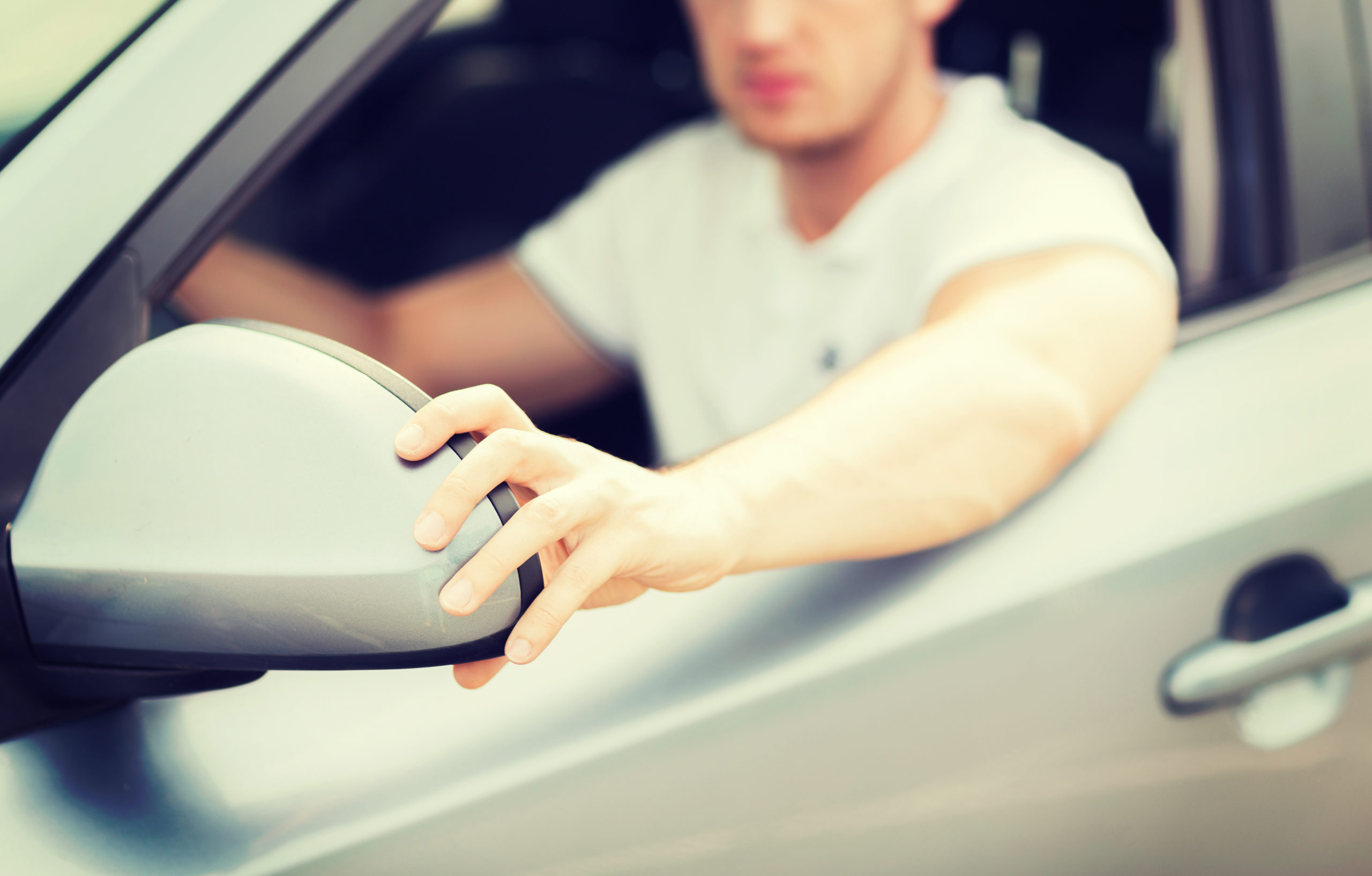Are you following these eight driver safety tips?
Whether you are driving alone or with passengers, driving safely should be your top concern. According to the Centers for Disease Control and Prevention, more than 32,000 people are killed each year due to motor vehicle crashes in the United States. Distracted driving is also a leading cause of collisions with more than 9 people killed each day (CDC.gov).
Below is a list of eight driving safety tips everyone should follow – check it out!
1. Do regular checks
Although you may be a great driver, routine checks can ensure that your vehicle is in good operating condition before you hit the road. Adopting some simple habits could help protect your car and those in it. For example, checking your tires’ tread depth can be easily overlooked at times but is one of the easiest ways to maximize your safety and performance.
If you’re looking for a tool to help you monitor your vehicle’s health, Raven accesses the vehicle’s telematics data to monitor dozens of data points, including engine diagnostic trouble codes, fuel levels, battery voltage, and many more. It can keep you updated on your car’s health, give you insights on your driving stats and service warnings. It may even save you a trip or two to the service shop.
2. Practice defensive driving
Defensive driving is a simple set of driving skills that protects yourself against collisions caused by poor or unexpected driving events (i.e. drunk drivers, poor weather conditions, etc.). Some tips for defensive driving are:
- Expect the unexpected and plan ahead of time
- Pay attention to other drivers and be ready to react (i.e. when a driver makes a mistake)
- Keep a two-second cushion between you and the car in front of you; four-seconds during bad weather
- Be alert at all times and eliminate distractions
- Drive at a controllable speed
- Don’t make assumptions about other drivers’ intentions
3. Obey traffic laws and practices
Sometimes when we’re in a rush, we’re tempted to speeding through yellow lights or roll through stop signs, but signs and traffic laws are put in place to make the roads safer and minimize accidents.
Despite many people’s disbelief, yellow lights do not mean you can drive through the intersection; it is to notify drivers to slow down and prepare to stop. So respect the light and decelerate. When you reach a stop sign or red light, you must come to a complete stop. Even when you think no vehicles are coming, stop for a full 3 seconds and check all directions before moving.
4. Eliminate all distractions
This tip is a no-brainer. We’ve all heard about the danger of distracted driving. Cell phone usage is the primary form of distracted driving, however, eating, interacting with passengers, or changing the radio station can all be problematic although they may seem harmless. If you really need a bite to eat or to fix something on your dash, park your car first.
5. Adjust your driving behavior to conditions
If you’re driving through a rainstorm, it’s your responsibility to match your speed to the weather and the traffic flow. Keep a safe braking distance between you and the car in front of you, especially on the highway, as you don’t want to be making any sudden stops. Remember that for every mile per hour your drive, your likelihood of being in a car accident increases.
6. Control your emotions
It’s easy to get angry and impatient when driving, especially when you’re rushing to get from one point to another. But when driving, safety should take priority. If a driver cuts you off while driving, don’t repeat his/her actions. Instead, keep your cool and don’t dwell on their actions.
7. Never drive under the influence
Not only is driving under the influence put you in extreme danger, but it makes you a danger to everyone else on the road. Do not operate a vehicle if you’ve been drinking. Make a plan for a safe ride home (i.e. call a taxi or a friend to come get you).
8. Use turn signals and headlights
Turn signals should not be overlooked. Blinkers indicate your next move to the other drivers around you. Whether you’re turning or making a lane change, remember to always check your mirrors (especially your blind spot!) for oncoming cars or pedestrians before you make your turn.
Headlights are also useful for driving in poor weather conditions, not just at night. When you’re driving in the rain, snow, or fog, adjust your lights to help you see more clearly.




Comments are closed